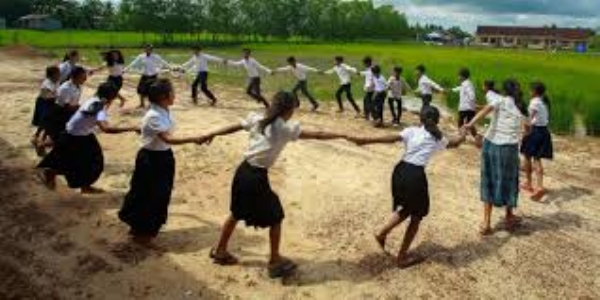
Kolkata, 26 July (H.S.)– A groundbreaking new study has brought to light a silent but devastating public health crisis in West Bengal: an average of 25 people die from drowning every day in the state, and nearly half of them are children. Released on the occasion of World Drowning Prevention Day, the research was conducted by the George Institute for Global Health and is being regarded as the largest community-based drowning survey ever undertaken in India.
Covering a population of 18 million across all 23 districts of West Bengal, the study recorded data from close to 15,000 respondents. It found that approximately 9,191 people die from drowning each year in the state—three times the number reflected in official government statistics. Experts say this discrepancy is largely due to underreporting, especially in rural areas, where deaths among young children often go undocumented due to weak health surveillance systems.
Children aged between one and nine years were identified as the most vulnerable group, with toddlers between one and two years facing the highest risk. Most drowning incidents took place within 50 meters of the victim’s home, often in unattended ponds or open water bodies. The majority of these deaths occurred during midday hours, between 12 PM and 2 PM, when adult supervision is typically low. Alarmingly, in 93% of child drowning cases, no adult was present at the time of the incident.
Dr. Medhavi Gupta from the George Institute described the situation as a “silent tragedy,” noting that drowning has not received the public health attention it urgently requires. Dr. B. Mohammad Asheel, representing the World Health Organization (India), pointed out that although global drowning fatalities have decreased by 38% in the past two decades, the problem remains acute in low- and middle-income countries like India. He emphasized that evidence-based solutions already exist and now require proper implementation.
The study also found that rescue responses in most cases were either absent or based on outdated and unscientific methods. Common reactions included trying to induce vomiting or turning the victim upside down. Only 10% of the victims received cardiopulmonary resuscitation (CPR), and just 12% were taken to a healthcare facility after being rescued. With 90% of rescue attempts made by untrained community members, the study underscored the urgent need for localized training in first response and CPR.
To address the crisis, the researchers have called for immediate interventions, including installing barriers around open water sources near residential areas and offering swimming lessons to children. They also stressed the need for mass awareness campaigns and community-level training programs to improve emergency response and prevention strategies.
The study was conducted in collaboration with Bloomberg Philanthropies and Child in Need Institute (CINI). Sujoy Roy, National Advocacy Officer at CINI, noted that every one of these drowning deaths is entirely preventable. He added that the actual scale of the crisis may be even more severe than the study suggests, and urged both government agencies and local communities to act without delay.
Hindusthan Samachar / Satya Prakash Singh






